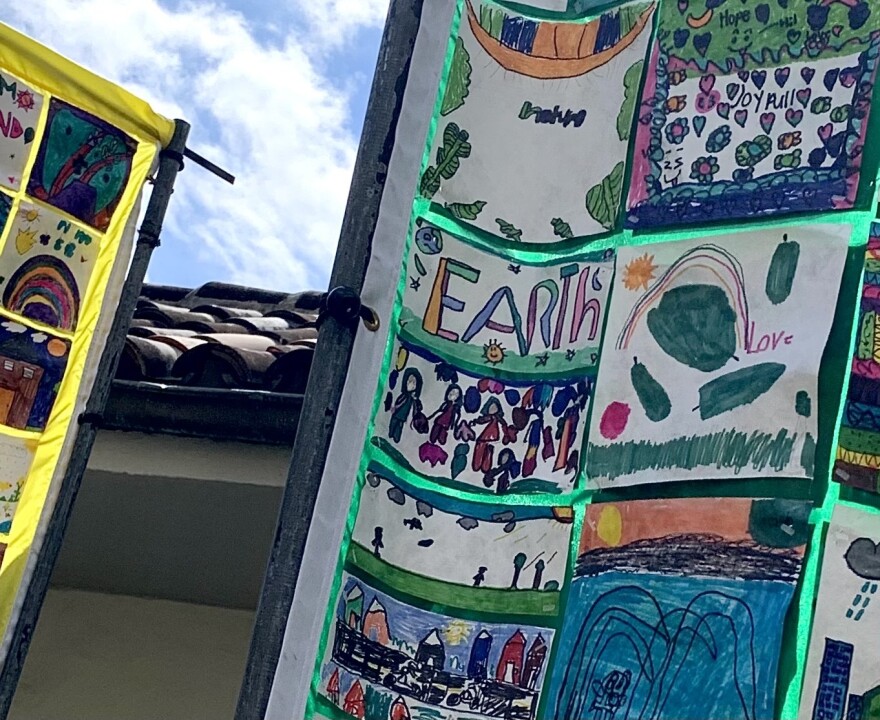Summer's coming and hurricane season is ahead. In just a few years, people have become more aware of heat, flooding, fires and other growing effects of climate change--and experts say any possible remedies will also involve changes to our mindset.
Ever heard of a circular economy? Getting that idea of a circular economy into the general zeitgeist was the immediate challenge highlighted in a recent New York Times webinar titled, "Supporting Net Zero Through a Circular Economy."
Distance solo sailor Dame Ellen MacArthur, was one of the global panelists.
"We have a linear economy. We take a material out of the ground, we make something out of it, and we throw it away," she said.
MacArthur contends a linear economy cannot run for the long term because it extracts, consumes, and pollutes.
"What can work in the long term is simply taking that straight line and turning it into a circle. And that's a design challenge," MacArthur said.
Materials, manufacture, transport and disposal have to be considered.
"We need to design everything to fit within a regenerative, restorative economy of the future, and that's worth a huge amount economically. Because we're not buying materials, selling products, we're building a system," she added.
"So a circular economy is trying to respond to that old extractive model," said UH Professor Kamanamaikalanai Beamer, one of the founding authors of the 'Aina Aloha Economic Futures initiative.

It's a planning and policy effort that has produced guidelines and metrics for measuring progress toward environmental stewardship.
"The long-range goal is really to decouple environmental degradation and job growth," he said.
Experts on The New York Times panel anticipate a new generation of job seekers to gravitate to sustainable industries.
"That's another really powerful thing about this, I didn't anticipate the amount of high school and middle school students that are interested in circular economies, interested in aloha 'aina, that have found it though Youtube, and through our efforts," Beamer said.
New technologies in energy or waste disposal, for example, could be developed in Hawai'i but innovators everywhere face challenges with research and start-up funding, then with scaling up.
Miranda Wang is the CEO and co-founder of Novoloop, a Silicon Valley company devoted to transforming plastics.
Earlier this year, Novoloop announced a new technology that harvests carbon-rich material from polyethylene. Wang says investment in green technology is crucial.
"So for policymakers where capital markets still have these gaps, I think there's a critical role to play whether it's through direct funding or just creating environments where these investors have greater protection potentially, in providing that type of support," Wang said.
Beamer said, "There are people in business who want to do this and the thing about it that we know is capitalism prior, unfettered, has really brought our planet to the brink of climate crisis and collapse."
This past legislative session, Senator Jarrett Keohokalole introduced Senate Resolution 38 aimed at creating a Circular Economy Task Force. It was never heard in the House.
"The United Nations is very clear we have to do things differently. I'm not drinking the Kool-Aid that believes that this change is going to be easy, but it is absolutely necessary for the future of our islands and our planet."
Beamer points to the Hawai'i Tourism Authority, Hawaii'i Community Foundation, Kamehameha Schools, and 2,800 other organizations and individuals who have already signed onto the 'Aina Aloha principals and onto working groups.




